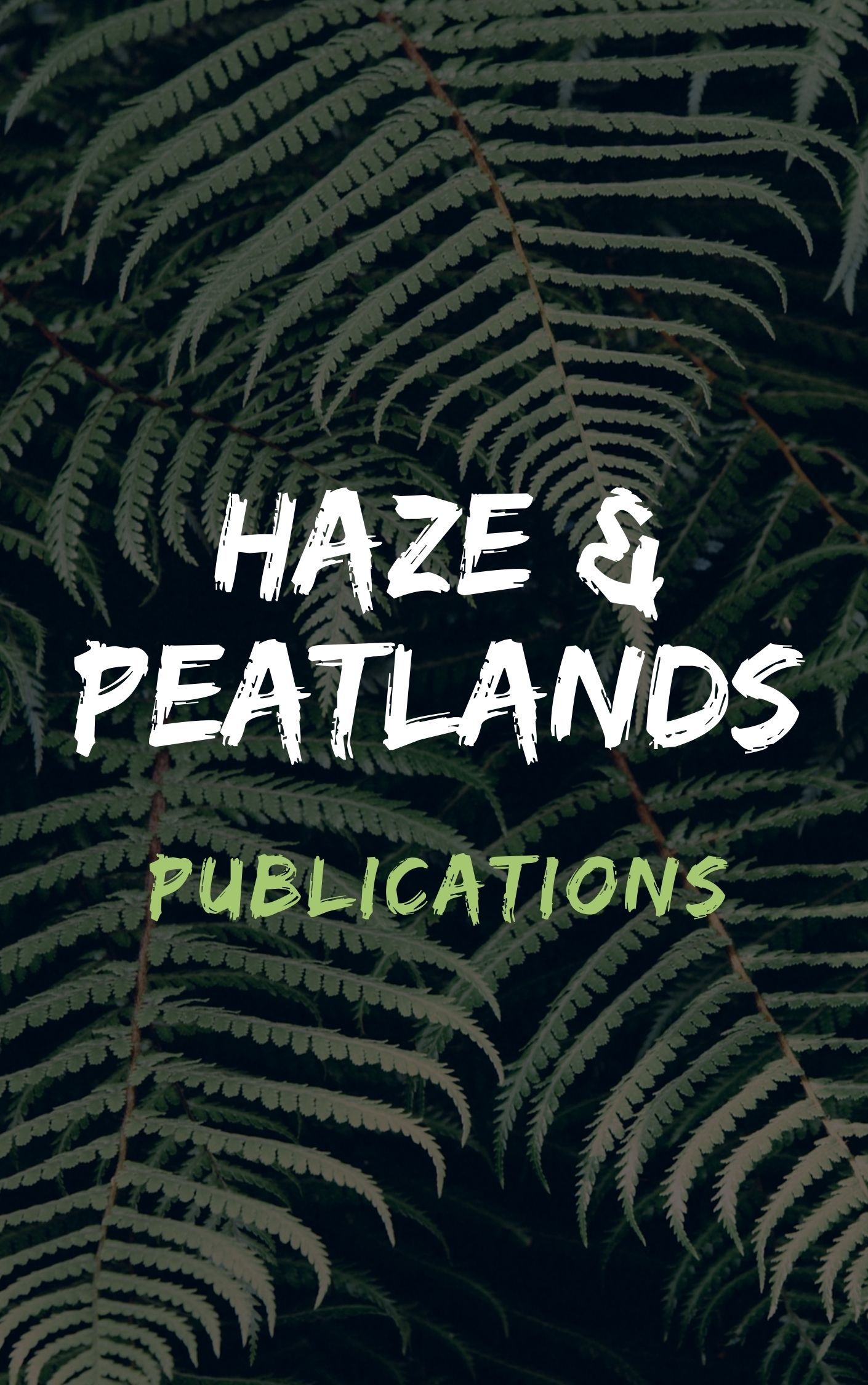The objective of this study was to relate patterns in forest structure, tree species diversity, and tree species composition to stem diameters and topography in unburned, once burned and twice burned lowland dipterocarp rain forests in East Kalimantan, Indonesia. To do this four unburned old growth forests were compared with three forests that burned once (1997/1998) and three forests that burned twice (1982/1983 and 1997/1998). Fire resulted in a strong reduction of climax tree density which was negatively related to tree diameter. However, a disproportionate reduction in small diameter understorey climax tree species occurred only after repeated fires. Climax tree species in both burned forest types were most common in swamps, river valleys and on lower slopes, while their density was much lower on places higher along hillsides. In unburned forest the opposite was observed, with climax tree density increasing steadily from swamp and river valleys to upper slopes and ridges. In contrast to climax trees, pioneer trees were abundant throughout the burned forest, with highest numbers on hill sides and ridges. Our results indicate that both diameter and topographic position of trees strongly affect their fire survival chances in tropical lowland forests.
View source

